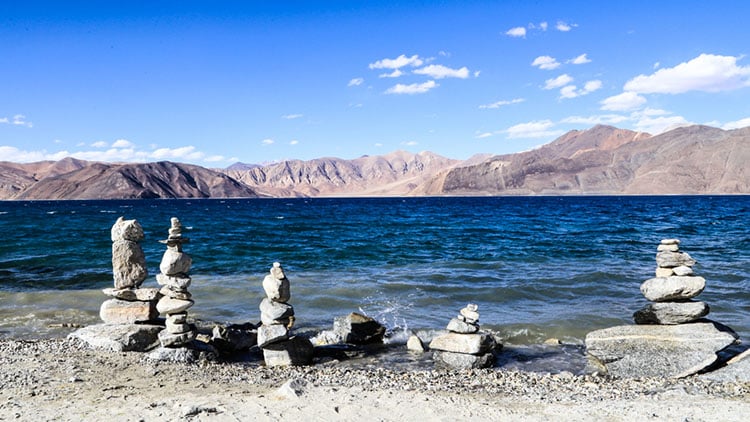Guided Gratitude Meditation
Category: Love & Compassion Meditation | Popular

We all aspire to leading happy, healthy lives. To fulfill this yearning for well-being, we generally find ourselves actively trying to obtain what we’ve decided we need and steer clear of anything that might thwart our designs. But we tend to overlook one of the most reliable sources of happiness and well-being even though (or maybe because) it is right here within us: gratitude. As soon as we start to think about it, there’s an awful lot we can be grateful for, even when times are rough. Whether you design your own or prefer to follow a guided gratitude meditation, this kind of practice is sure to touch your heart and quell the inner voices of discontent.
How does gratitude meditation work?
In some spiritual traditions, people start the day with a chant that expresses their deep gratitude for the blessings they’ve received in their lives. They might thank the divine, their parents, the earth, teachers, and anything they can think of that makes it possible for their lives to continue to blossom.
There are countless things to be grateful for, such as
- the breath of life
- waking up in the morning
- the beauty of nature
- loving relationships with those we care about
- hard-earned achievements
- a livelihood we can feel good about
- the ability to help others
- and on and on
It’s interesting to note that most gratitude lists aren’t burdened by too many material things. Sure, we can be grateful for a roof over our heads, a trouble-free car, a good meal, etc., but these things tend to take a back seat to relationships, health and inspiration. It’s important – and maybe a little counter-intuitive – to realize that our gratitude shouldn’t just stem from the good things in life. Rather, in addition to recognizing everything that’s going well (“Wow, I’m so glad my computer didn’t crash today, and I don’t have a splitting migraine, and the toilet didn’t overflow…”), we ought to be grateful for every difficulty that allows us to grow stronger and wiser.
A good way to start connecting with thankfulness is to follow a guided gratitude meditation. This involves listening to an audio or watching a video as a meditation instructor guides you through a gratitude session. Find a serene place to meditate, choose a comfortable meditation posture that allows you to be both relaxed and attentive. Your eyes can be closed or half-open, your gaze gently directed downward. Take a few deep breaths to anchor you in the present moment. Give yourself the space to set aside your daily concerns and feel centered and peaceful. The process that follows is pretty straightforward – simply follow your guided meditation. There are lots and lots of audio and video examples of gratitude meditation online. If you’d prefer to meditate at your own rhythm, the eminent American Buddhist teacher and author Jack Kornfield offers one that you can print and practice as needed.
Keeping a gratitude journal
An effective technique you can use to reinforce your practice is a gratitude journal. Gratitude journals invite you to write down the things you’re grateful for, then remember and/or give voice to them as you do your gratitude meditation. Gratitude journals don’t necessarily need to be part and parcel of your guided gratitude meditation practice. However, they’re an agreeable way to connect with the bigger picture and remember to be grateful all day long. Robert A. Emmons, PhD, is considered the world expert on the science of gratitude. You’ll find his journaling tips here on the inspiring site gratefulness.org.
And it’s good for you! According to UC Berkeley’s Greater Good website, “studies have traced a range of impressive benefits to the simple act of writing down the things for which we’re grateful—benefits including better sleep, fewer symptoms of illness, and more happiness among adults and kids alike.”
Benefits of gratitude meditation
As with journaling, there’s a science to gratitude meditation. Research has shown that benefits include an elevated sense of well-being, lower incidences of depression, better sleep, and greater trust. Most often, the rewards are felt virtually immediately, which means that practicing gratitude meditation even once can enhance well-being.
For more information, see our article on Meditation on the Power of Gratitude by Lama Jampa Thaye, PhD.
With a solid basis in mindfulness, you can practice gratefulness, generosity and the many other kinds of meditation with more awareness and ease.






